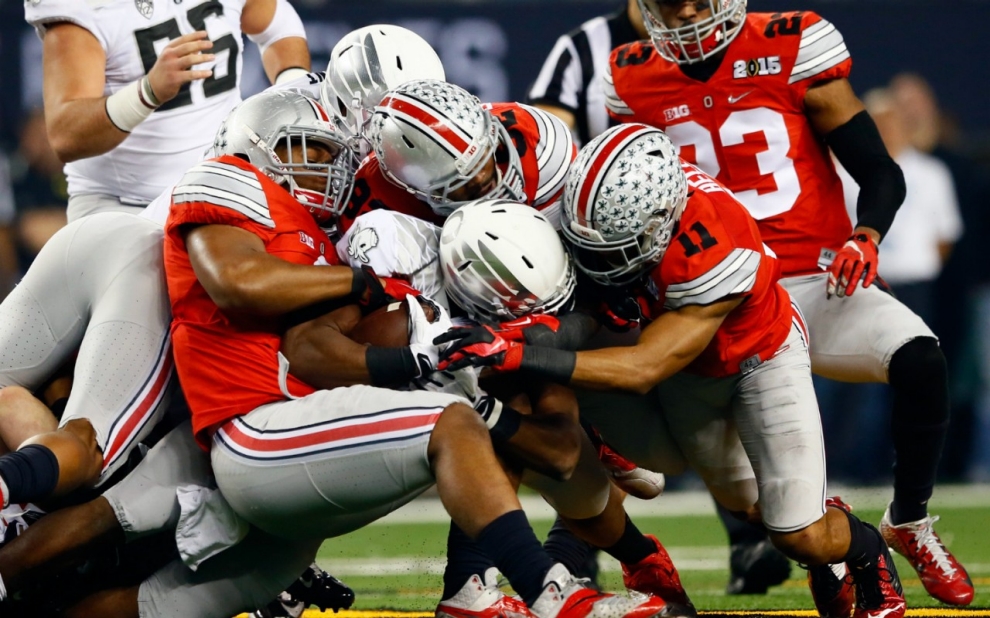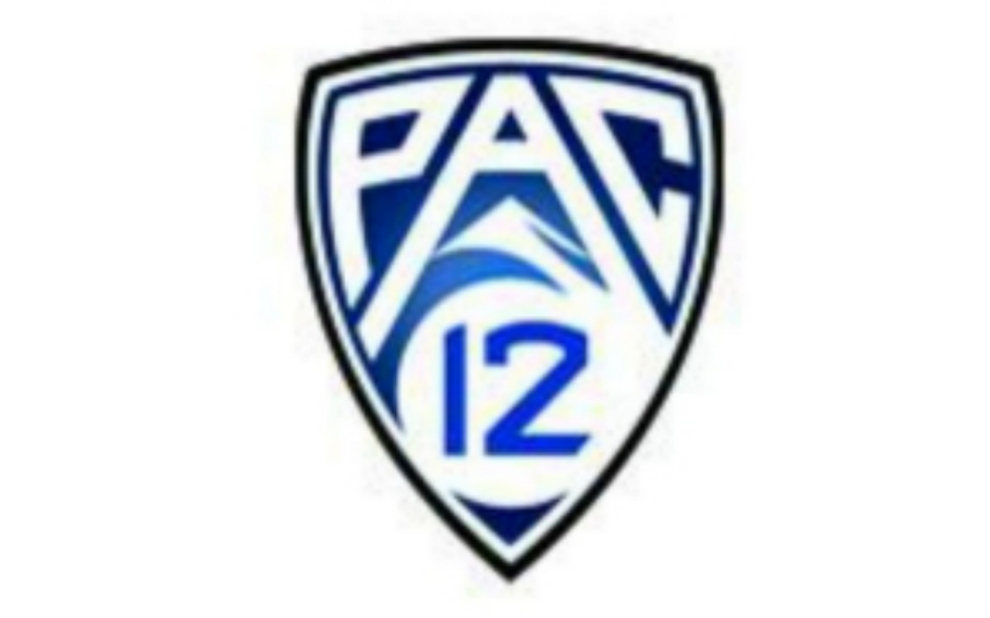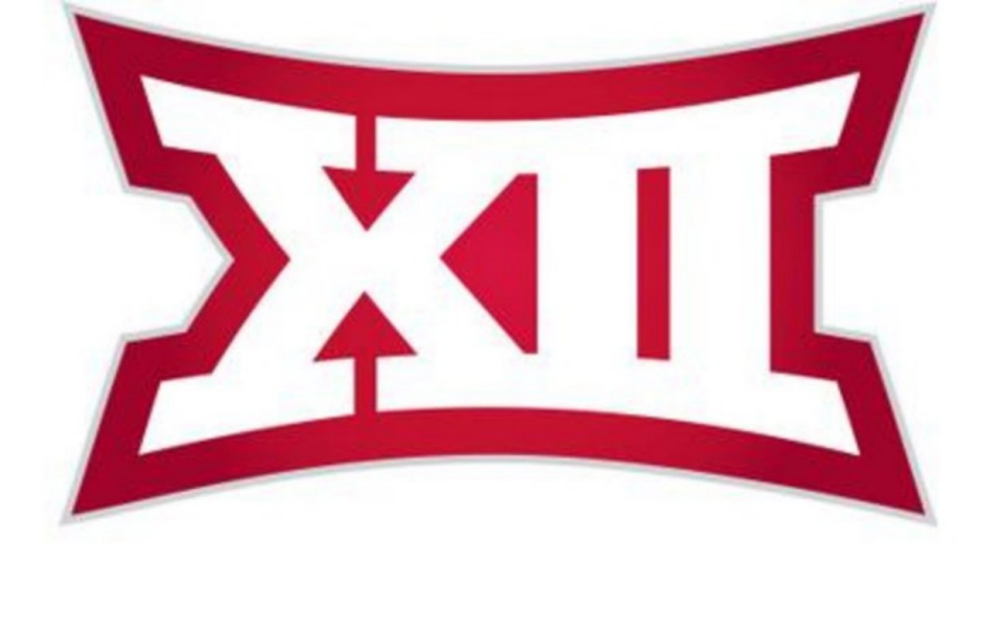Want more on concussions in college athletics? Attend Timothy Bella’s SXSW panel “Life After Concussions in College Sports,” highlighting the quality of life of college athletes who’ve had to retire due to concussions, in March 2016.
Major college football is coming off its first season of the College Football Playoff, which reaped Football Bowl Subdivision schools more than $408 million and their highest ratings in history. But the first organized playoff has not overshadowed ongoing questions concerning safety in college football, namely head injuries.
Since 2013, the America Tonight Concussion Map has pinpointed 335 publicly reported concussions in major college football – an average of less than two per school.
Nine percent of players in the 335 instances are now on NFL rosters. This comes as concussion-related headlines continue to flood college football news. For every diagnosed concussion, college football players report having 21 “dings” and six suspected concussions, according to an October 2014 joint study from Harvard University and Boston University. There’s new over the ongoing NCAA’s concussion lawsuit, as the lead plaintiff, Adrian Arrington, says he did not agree to the preliminary $70 million settlement. University of Virginia researchers, citing the NCAA’s lack of data on concussions, are pushing for more restrictions on football practices. The NCAA, however, is responding by partnering with the Department of Defense on a three-year, $30 million project, which will track the concussion effects among almost 37,000 student-athletes.
Continuing our coverage from the 2014 and 2013 seasons, America Tonight will track all reported concussions in major college football this season. This map marks each reported player concussion, as well as conference breakdowns of concussions. The map will be updated every week during the 2015 season (including the preseason).
Bookmark this page or follow @AmericaTonight or @TimBella for weekly updates.




















Error
Sorry, your comment was not saved due to a technical problem. Please try again later or using a different browser.